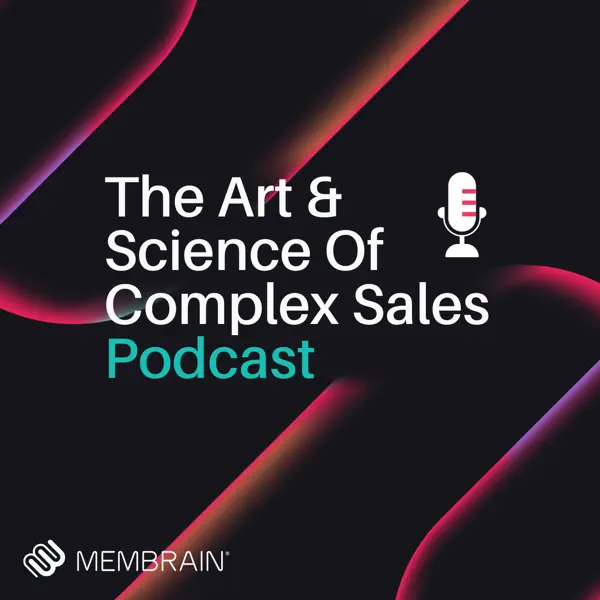Is your sales pipeline running dry? We’ve all been there.
Let me share a personal story that might resonate with you. After spending months securing a major deal, I found myself staring at an empty pipeline. The celebration of landing that giant whale quickly became a stark reality check. This experience taught me an invaluable lesson about sustainable sales growth.
Revenue generation isn’t just about closing deals—it’s about maintaining a consistent flow of opportunities. Your success depends on mastering the art of prospecting, yet many salespeople struggle with this fundamental skill. Are you dedicating enough time to building your pipeline, or are you caught in the feast-and-famine cycle?
The most effective sales professionals understand that prospecting isn’t a one-dimensional activity. Think of your prospecting strategy as a carefully orchestrated symphony, where different elements work together to create a harmonious result. Direct outreach and network-based approaches each play their unique roles in this composition.
Visualize a three-legged stool symbolizing the three-pronged approach to sales: networking and referrals, direct prospecting, and existing customers. Each of these legs supports growing your business and consistently achieving your revenue goals.
Consider how a software company might approach this dual strategy. While tracking metrics for direct outreach is straightforward, measuring networking success requires a different lens. How many new relationships have you cultivated? Which dormant connections have you rekindled? These indicators matter just as much as your cold call statistics.
I recently spoke with a consulting professional who shared an interesting perspective on networking metrics. Rather than counting sales pitches, he measures success by the number of times he naturally introduces his services in conversations. This subtle shift transforms aggressive selling into educational opportunities. Have you considered how this approach might work in your context?
Your prospecting strategy must align with your target audience’s expectations and behaviors. Waiting for inbound leads isn’t a strategy—it’s a recipe for inconsistent results. When you prospect through your network, the goal isn’t to ask for immediate business. Instead, you’re planting seeds for future opportunities through strategic introductions.
Read the rest of the article… 







